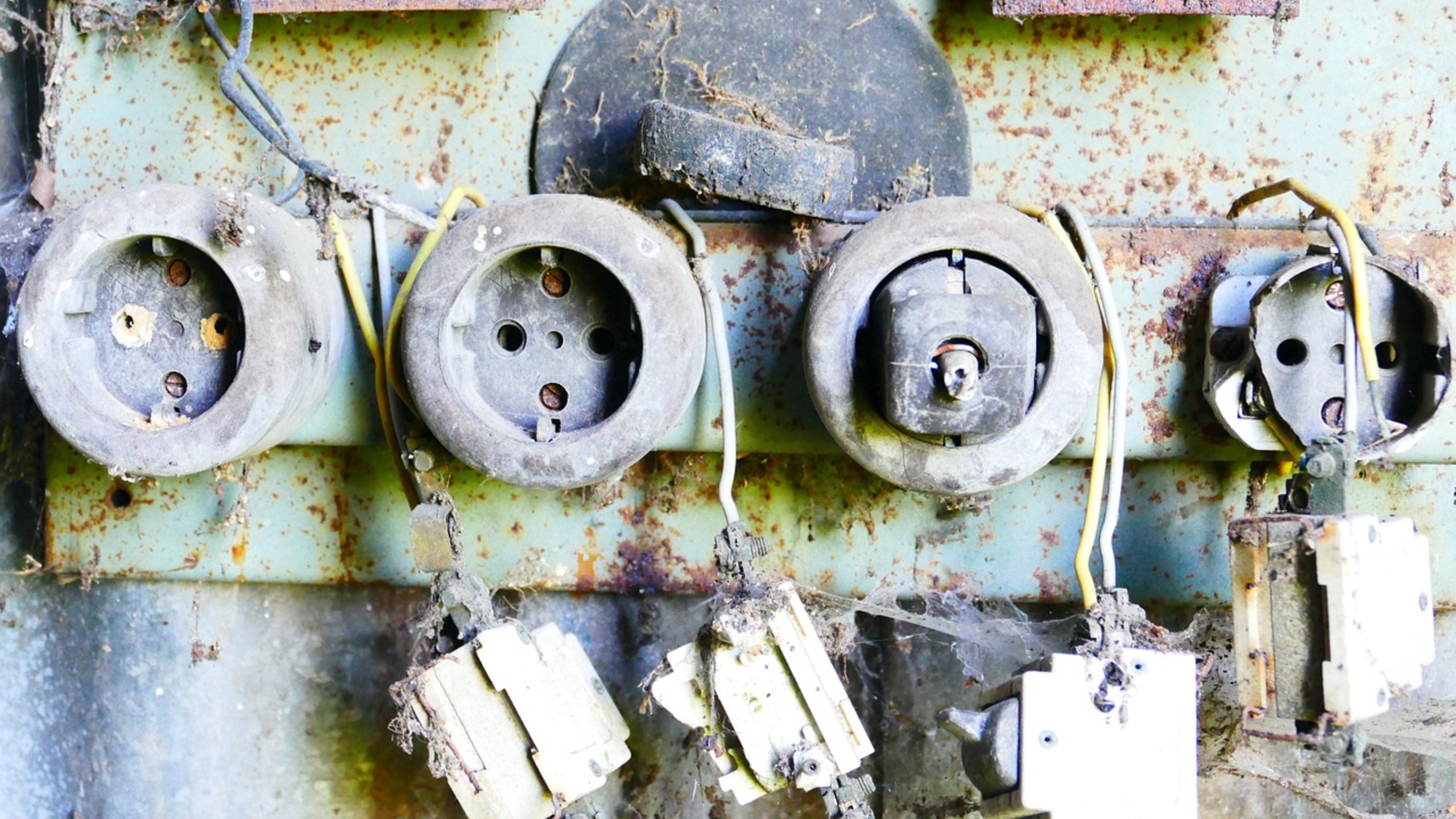
(Reading time: 3 minutes)
The availability of electricity today is considered just as natural as the fact that when you turn a faucet, water flows. Yet electrification worldwide only began in the second half of the 19th century, and even in the 1960s, there were communities in our country without electricity.
Communication among cities thus took longer. How could it not, when people had just begun to stretch electrical wires? There was no “tu kabel, tu kabel” yet (it means “wire here, wire there…”). And now, imagine communication among different states and across continents.
Being an electrician, engineer, or electrical network planner at that time, nobody would have expected what neighbors would come up with. It’s you who has to come up with how the whole system will work.
Principally, of course, electricity in sockets works the same everywhere; you need at least two prongs/pins to create a closed circuit. But whether they will be flat or round, whether they will be farther or closer to each other, in a plane or slanted…
And so, independently of one another, various technologies were developed, electrical networks were built, and today we have 15 types of sockets. Mostly with three pins (the third serves to ground the current in case of a fault in the plug). In our country, there are three round ones, but as I described above, two pins are enough for the operation of an electrical appliance, and fortunately for us, two round ones are widespread in most parts of the world.
Type C carries the universal name EURO, you will find it in most of Europe, South America, and many Asian countries (such as South Korea).
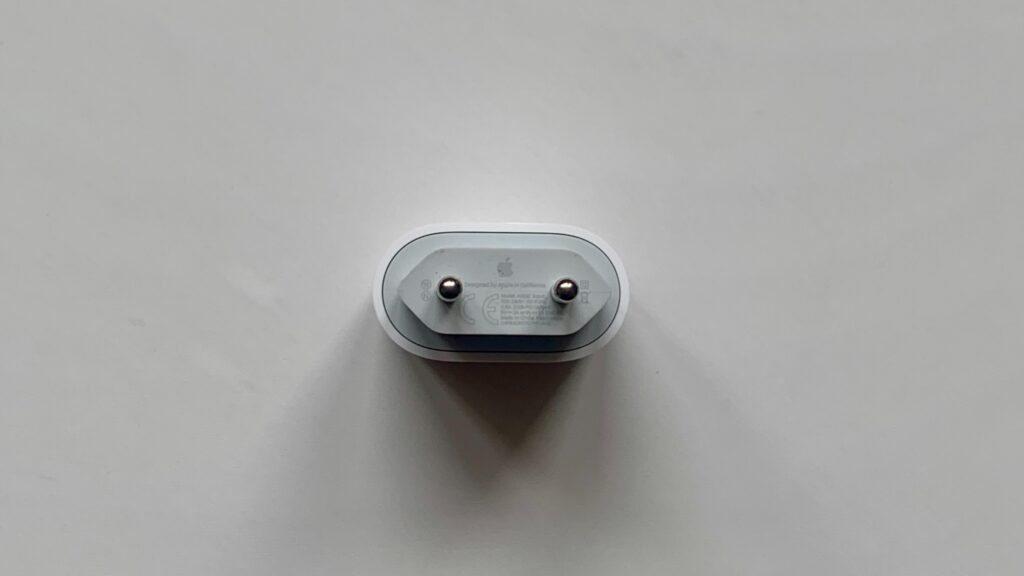
Type E, widespread in addition to our country, also in France, Belgium, Poland and Slovakia, is friends with type C (in addition to type C, it has one additional round pin for the aforementioned grounding of the current).
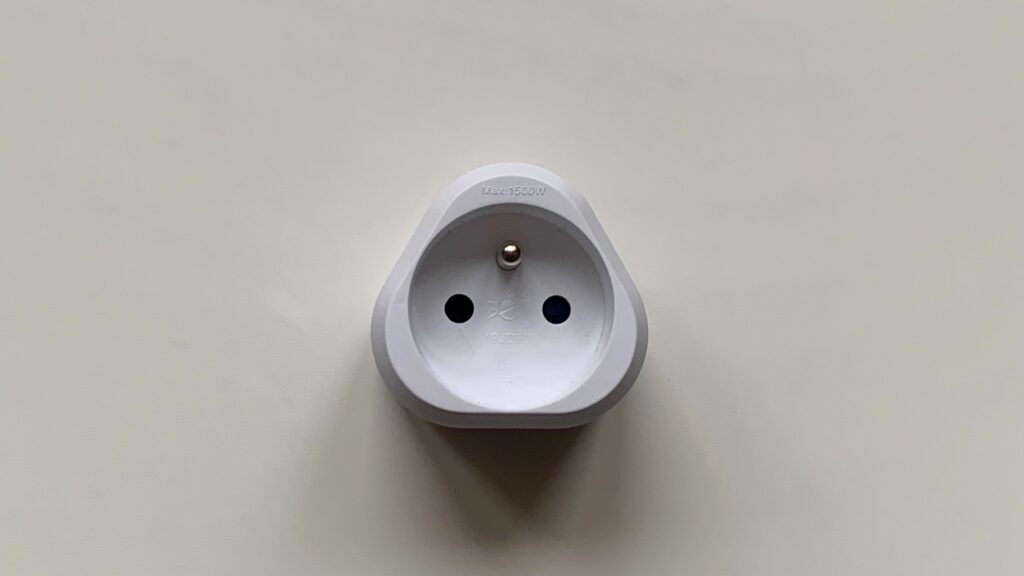
Great Britain went its own way with type G (you can also use it in Malaysia).

They also got a little mischievous in Switzerland and Liechtenstein – type J.
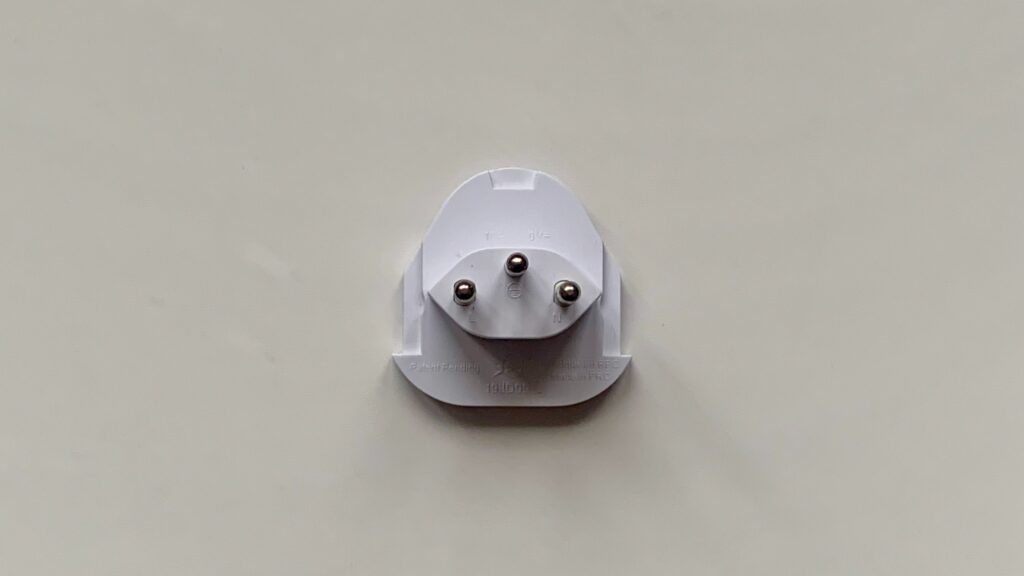
And in Italy – type K – but newer types J and K already count on compatibility for the universal EURO type C.
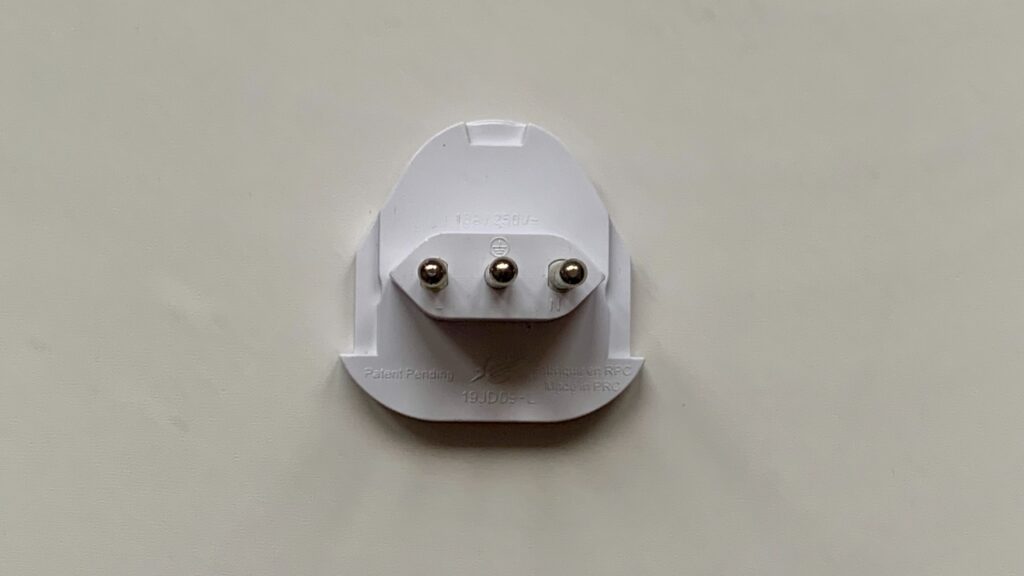
The voltage of all the above types is 220 – 240 V (“classic” 230 V). Higher voltage requires less copper in the wires, hence lower costs.
In the time of gentlemen like Thomas Alva Edison, Nikola Tesla or George Westinghouse, the USA primarily built an electrical network with the intention of illuminating cities, and since lights work best around 110 V, they have lower voltage in the USA (100 – 127). Their sockets are also different and belong to the 2nd most widespread standard:
Type A is used in the USA, Canada, Mexico, Japan and Taiwan.

Type B supplemented with a third pin.
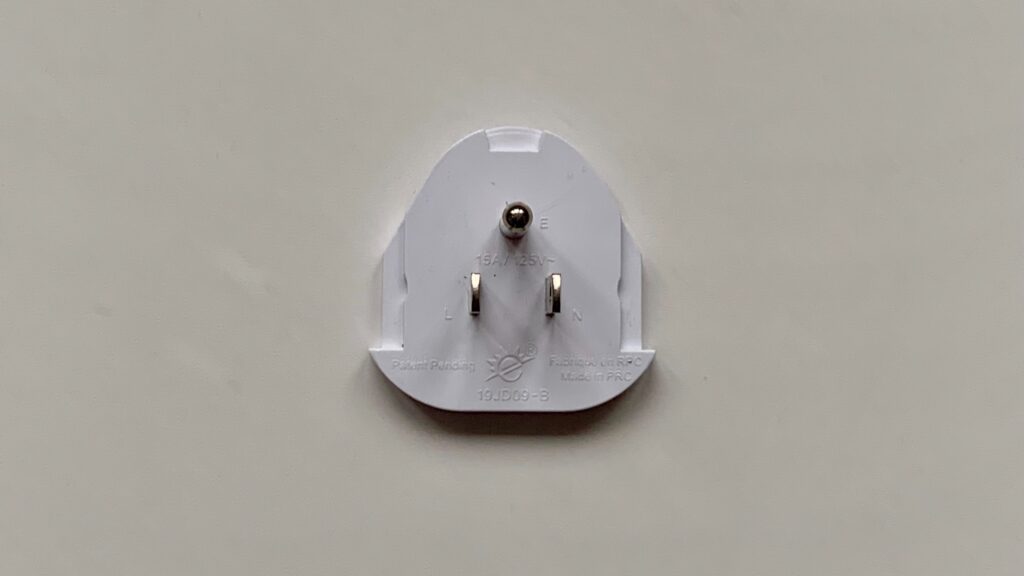
In most parts of the world, you can get by with type A + C, but if you want to go to China or Australia, for example, they have type I:
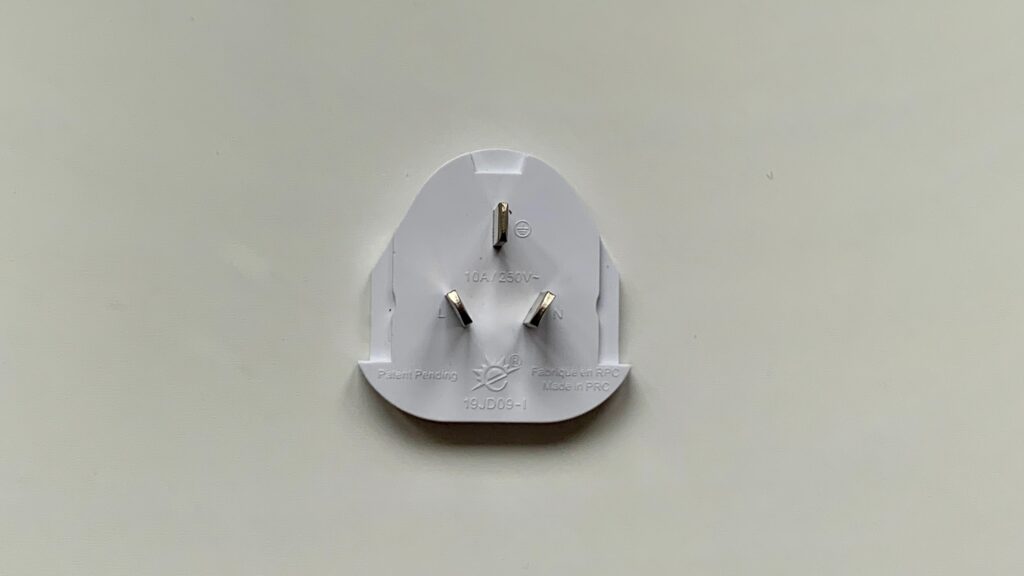
And we still have 7 types missing, I promised 15, right? The rest is in the table below from A to O. Generally, when traveling to foreign countries, you need to google the type of sockets there just as you google their currency. So many countries, so many customs…
| TYPE | COUNTRY |
| A | USA, Canada, Mexico, Japan, and Taiwan |
| B | USA, Canada, Mexico, Japan, and Taiwan |
| C | Europlug, widely used worldwide (Europe, South America, South Korea…) |
| D | India, Nepal |
| E | Czech Republic, Poland, Slovakia, France, and Belgium |
| F | Russia (practically identical to type C) |
| G | United Kingdom, Malaysia |
| H | Israel |
| I | Australia, New Zealand, Argentina, and China |
| J | Switzerland and Liechtenstein |
| K | Denmark and Greenland |
| L | Italy and Chile |
| M | South Africa |
| N | Brazil |
| O | Thailand |
-mj-